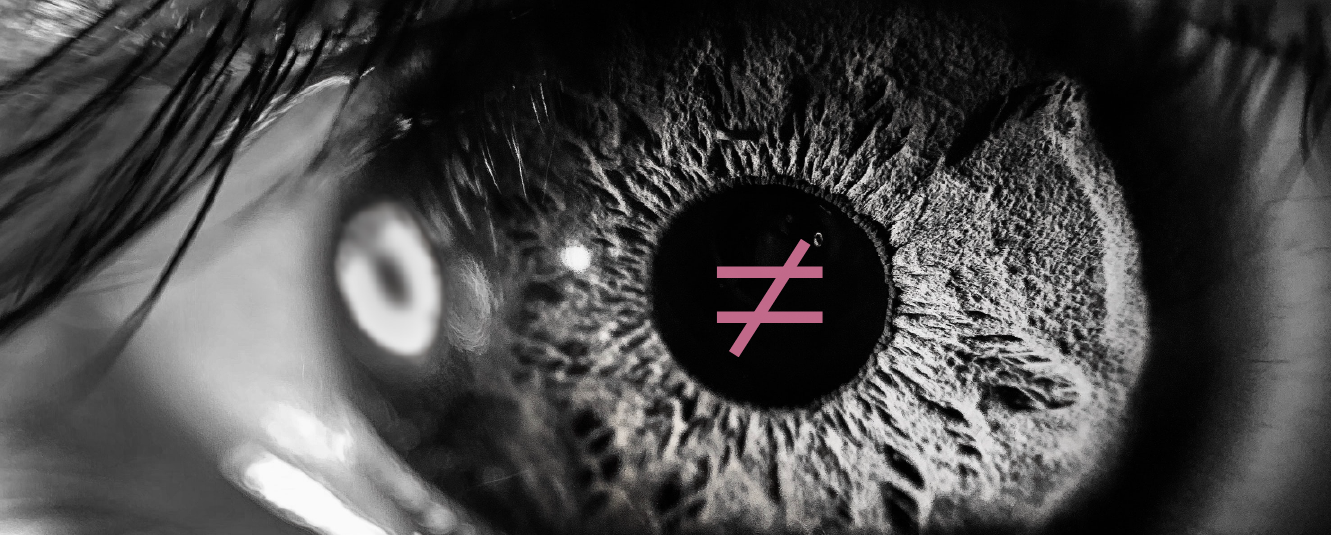


Our daily social scene is a conglomerate of various forms of inequality. As new discoveries, innovations and inventions continuously create opportunities in many sectors, such as public health, economy, climate, technology and culture, this has also indirectly contributed to polarities in society. Although we can never be truly free from this due to humans’ unceasing expansion to progress, man refuses to give in to this disparity.
Throughout history, the world has seen great changes made for the betterment of humankind. There is evidence of designers, educators, policymakers, health administrators and many more movers and shakers having demonstrated great tenacity in their attempts to obliterate inequality, regardless of how small or great they are or what form they come in, just so that an affected group could have a fair chance at life.
This conference will bring together professionals, researchers, students, practitioners and opinion leaders with the aim of sharing their new perspectives on how design, arts and communication can be envisioned to contribute purposefully to a world prone to in equivalence.
The purpose of this conference is to continue to keep that door of opportunity open. It serves as a platform for participants to respond to an increasingly uncertain future of the society at large. How might design, arts and communication principles and practices adapt their approaches to attend to the inequalities faced by the world? This conference will bring together professionals, researchers, students, practitioners and opinion leaders with the aim of sharing their new perspectives on how design, arts and communication can be envisioned to contribute purposefully to a world prone to in equivalence.
This year, three themes are proposed to address the different dimensions of the conference:

In recent times, the ubiquitous nature of changes in modern society has seen an increasingly gaping chasm of inequality emerge within our communities and the environment. As the gap of inequality has widened over the years, design has been the silent bedrock of pervasive advances we witness in our daily lives. Intrinsically, design has the capacity to lend a voice and mend the gap; to transform mannerisms of societal norms towards the enactment of equality for the betterment of the people, communities, and the environment. It is an alchemy of efficacious possibilities empowering people to identify, challenge, and subsequently ideate design solutions that address inequalities. Understanding and finding ways to address the inequalities of our communities and the environment through the lens of design is the central idea of this dimension.

The arts might not be able to bring about immediate changes to this unequal world, but it can certainly make our world a better place. Art is a powerful tool for individuals to express their views on their surroundings and world, and at the same time, for marginalized/ subordinated communities to have a voice. Artistic expressions trigger individuals and communities to find answers to their longstanding concerns, change the way they see the world and themselves, and shape the perspectives of others through meaningful public engagement. This conference invites papers from interdisciplinary perspectives, including practitioner perspectives of case studies that discuss how the arts can play a part in creating a more equal world.
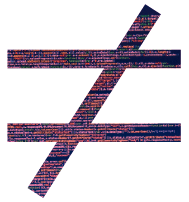
From diseases to wars; poverty to denial of rights; health decline to lack of education; constructional mishaps to environmental disasters and much more, the world we live in has never ceased to be plagued by pain and suffering. While some consequences are due to natural happenstance, a large number are due to the baneful effects of human actions, ironically to produce a better world. We cull and we forge on to build for our future generations. In that process, sometimes we forget to listen to and take heed of the needs of our fellow humans and Mother Nature. Despite the detriment from our own undoing, research has shown that empathy is innate to humankind. When there is communication among all stakeholders, empathy is felt and received, and so remedial actions can be taken.
This conference is a collaborative effort by two distinguished universities, namely Taylor's University and Chinese University of Hong Kong. The committee comprises of key individuals who have significant years of experience in design, the arts and communication, in practice and in the academia.
Chairperson:
Dr Pouline Koh
The Design School at Taylor’s University
Co-Chairperson:
Dr Benny Lim
Chinese University of Hong Kong
Organising Chairperson:
Dr Yip Jinchi
The Design School at Taylor’s University
Dr Vickram Thevar Vijayan
The Design School at Taylor's University
Mr Vinod Nair
The Design School at Taylor's University
En. Shamsul Hamimi
The Design School at Taylor's University
En. Razif Mohamed
The Design School at Taylor's University
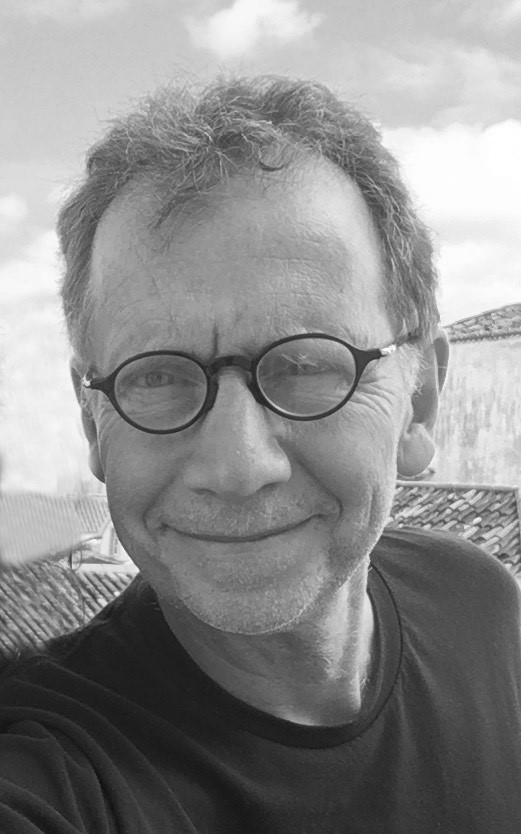
Dietrich Neumann
Department of the History of Art and Architecture,
Brown University, USA.
Dietrich Neumann is a professor for the history of Modern Architecture and Urbanism and Director of the John Nicholas Brown Center for Public Humanities and Cultural Heritage at Brown University. He was trained as an architect in Munich, Germany and at the Architectural Association in London and received his PhD from Munich University. His publications have dealt with the history of skyscrapers, movie set design, architectural illumination, building materials and with the work of Ludwig Mies van der Rohe. For several years he chaired the Public Art Committee at Brown University. He has held fellowships at the Canadian Center for Architecture in Montréal, the Institute for Advanced Study at Princeton, at the American Academies in Berlin and Rome and won the Founder’s and Philip Johnson Awards from the Society of Architectural Historians, where he served as president 2008-2010 and was named a fellow in 2018. He was the first Vincent Scully Visiting Professor at Yale University and is a member of the Committee on Architecture and Design at the Museum of Modern Art.
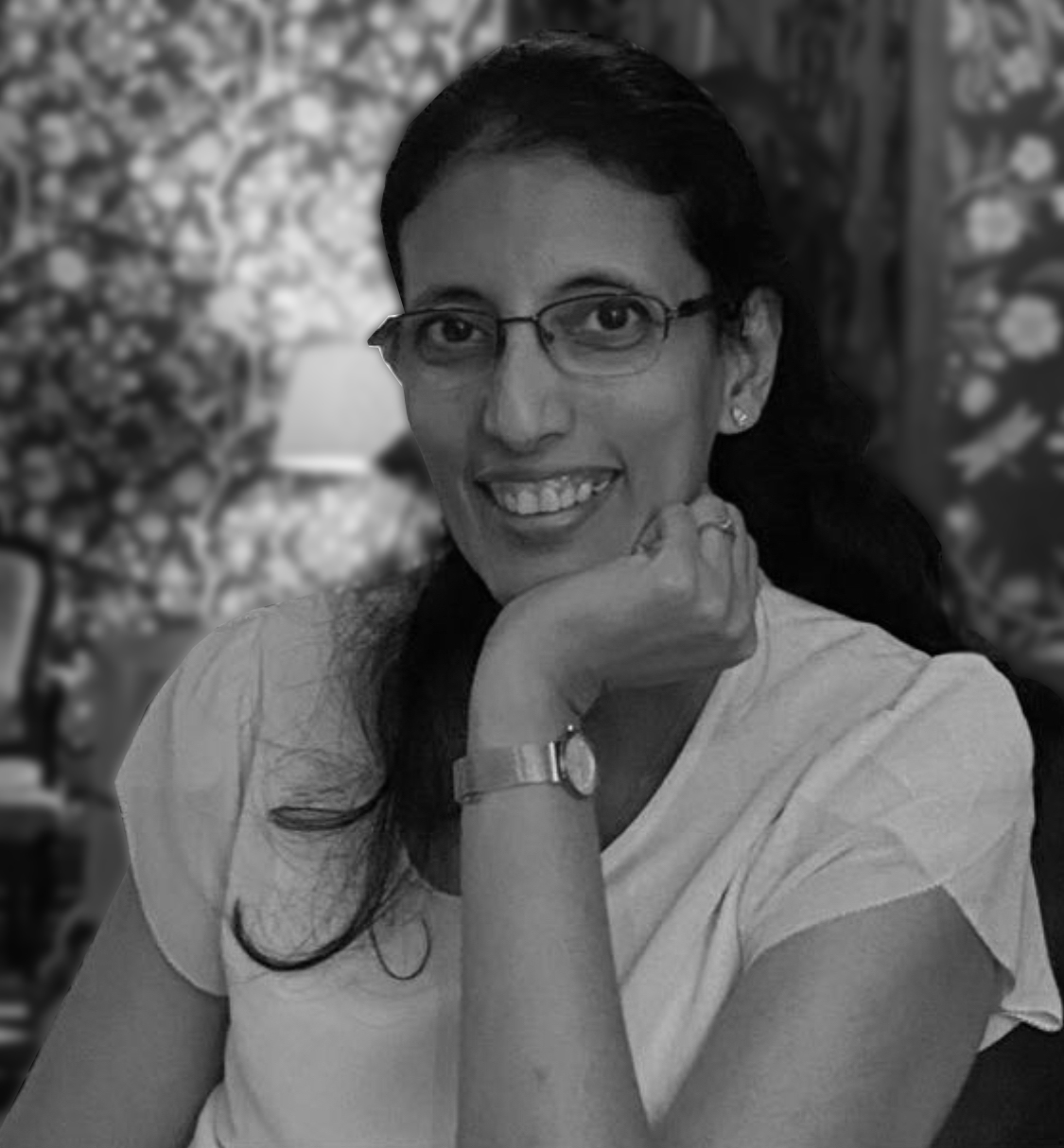
Aneesha Sharma
Department of Design, Indian Institute of Technology,
Delhi, India.
"Aneesha Sharma is an Associate Professor at Department of Design, Indian Institute of Technology (IIT) Delhi, India. Prior to this, she headed the Information Design Department at National Institute of Design (NID), India. Aneesha studied Applied Arts from J.J. Institute of Applied Arts, and completed her Masters in Visual Communication and Doctorate from IDC School of Design, IIT Bombay. Aneesha’s design practice encompasses more than two decades of professional experience working with prestigious national and international clients in the area of User Experience Design (UX/UI), Strategic Branding & Visual Design, Service & Systems design and Information Design & Data Visualization. Aneesha’s scholarly research lies in the nexus of Creativity, Aesthetics, Cognitive Neuroscience and Phenomenology in Art and Design. She has published in the areas of First-person Artistic Experience, Self-transformative creative experiences (A-ha experiences), Self and Agency in creative Art making."
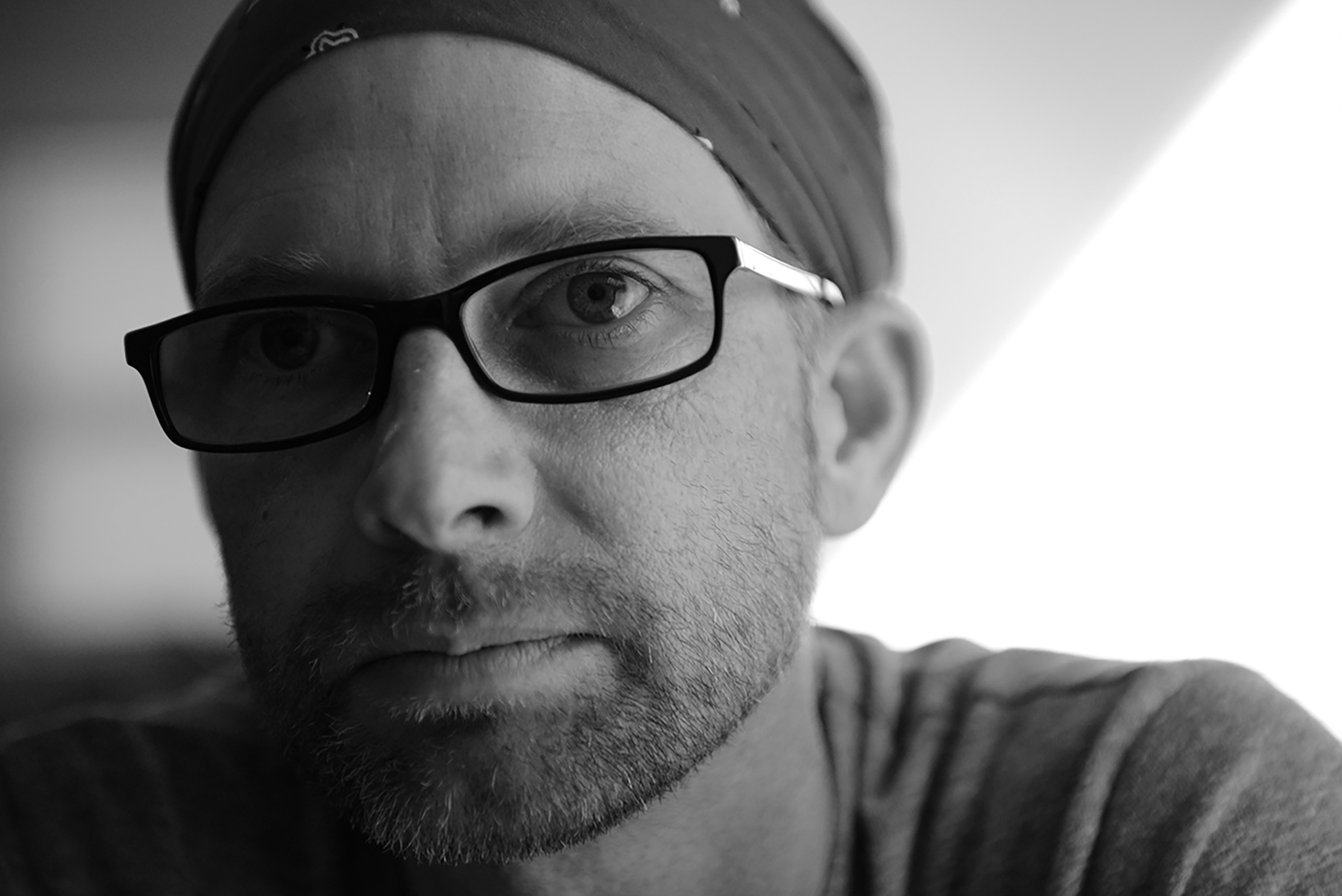
John Sabraw
College of Fine Arts,
Ohio University, USA.
Artist John Sabraw was born in Lakenheath, England. An activist and environmentalist, Sabraw’s paintings, drawings and collaborative installations are produced in an eco-conscious manner, and he continually works toward a fully sustainable practice. He collaborates with scientists on many projects, and one of his current collaborations involves creating paint and paintings from iron oxide extracted in the process of remediating polluted streams.
Sabraw’s art is in numerous collections including the Museum of Contemporary Art, Honolulu, and the Elmhurst Museum in Illinois, Emprise Bank, Bank of America, and Accenture Corp.
Sabraw is a Professor of Art at Ohio University where he chairs the Painting + Drawing program, and Board Advisor at Scribble Art Workshop in New York. He has most recently been featured in TED, Smithsonian, New Scientist, London, and Great big Stories.
To make a successful submission, all the requirements stated in the Manuscript Preparation Guide (as found in the submission platform, EasyChair) should be met. The Editorial Board may reject a submission prior to any review should that article be found to be outside the scope of the journal, poorly written, or not meeting all the requirements.
Acceptance is based on the quality of the manuscript submitted. Once the manuscript has been accepted and assessed for suitability, it will be reviewed by a panel of reviewers. The results of the review will be e-mailed to the authors within thirty (30) working days from the submission date.
Authors are to respond by making the necessary amendments as stated in the results of the review. All amendments must be submitted within fifteen (15) working days from the sent date of the review results. In this subsequent submission, the author(s) is (are) to provide the following:
Author(s) will be notified via e-mail when their articles are published. It is the responsibility of all authors to provide a valid e-mail address for e-mail notifications and correspondence.
A manuscript submitted to VUW will be taken to imply that it represents an original unpublished work, not under consideration for publication elsewhere. All manuscripts submitted will be refereed. The contents of the manuscripts shall be the sole responsibility of the authors and publication does not imply the concurrence of the Editorial Board or the publishers. The Editor does not accept responsibility for damage or loss of manuscripts submitted.
Objective: Besides expressing creativity, the poster designs submitted for Vision for the Unequal World Conference 2022 should effectively address one of the three areas highlighted in the conference, balanced with effective visual communication.
Rules:
Submission:
The poster and rationale are to be submitted in the required platform, EasyChair, in PDF format only.
Evaluation Criteria: